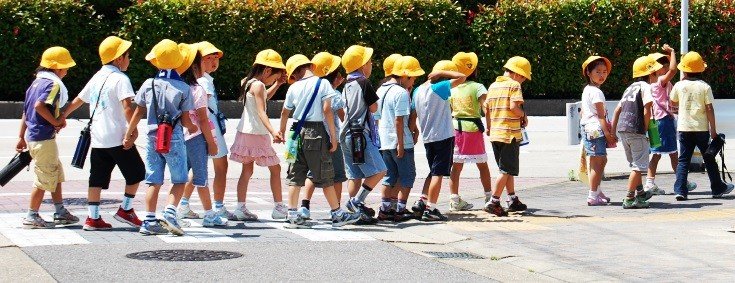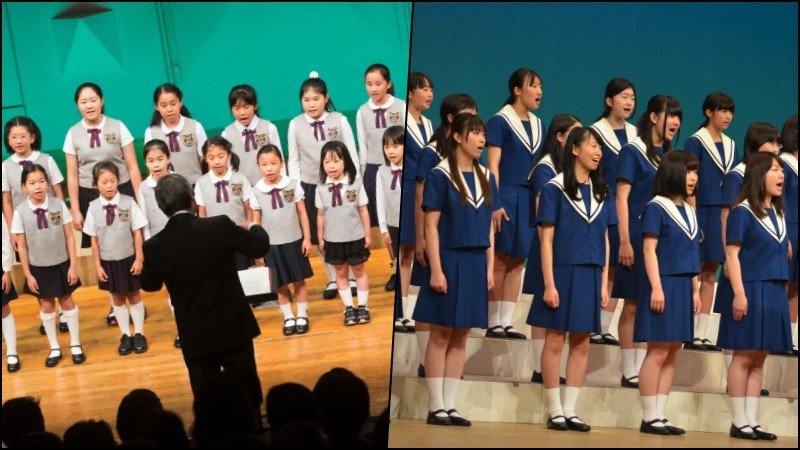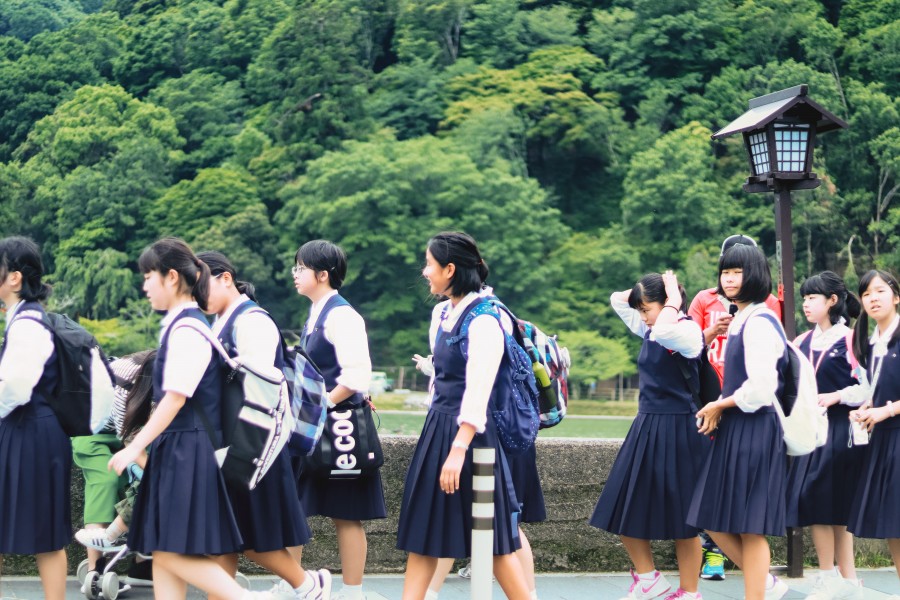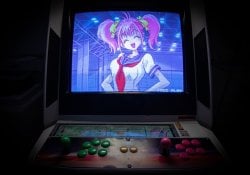Japan is known as a well-developed country with a strong technological orientation. So, it may seem that their education system is a flawless one, being able to prepare globally leading specialists in many spheres. Still, it is far from reality. Education in Japan suffers from a range of inequalities and conditions that make it challenging for children to get educated properly. Concerning its potential, Japanese education is to be refurbished to improve the conditions and educational outcomes for the students in the country. Learn more about the Japanese educational system peculiarities and issues further.

Índice de Conteúdo
Japanese Education Peculiarities
Japan had its up and downs after WWII and has developed into an independent and confident leader in many spheres globally. Its educational system has seen different times as well. The most crucial points are as follows:
- Rapid recovery after WWII allowed a steady and solid educational development;
- Holistic approach guaranteed high quality of Japanese educational system;
- The educational system is centered around engineering, technologies, and science mostly;
- Japan was listed as the second top educated nation back in 2015;
- Japanese law guarantees and supports equal educational possibilities for students of different socioeconomic backgrounds.

Still, despite the guarantees of Japanese education to embody harmony, egalitarianism, and social equality, the real state of matters differs. The education system in Japan struggles to keep up with the modern challenges and limits students more than giving them opportunities to build up a prosperous future.
Relevant Issues of Education in Japan
Education in Japan has serious issues needed to be solved and modified to supplement students with comfortable study conditions and fruitful outcomes. Here are the common issues of the Japanese education system nowadays:

- Exam-centered education - the brightest feature of the Japanese educational system which is also considered as its biggest drawback is its exam-centeredness. To enroll in higher education institutes, a student has to pass the entrance exam with the highest possible score. In addition, student’s performance at school as well as their outclass activities achievements are not taken into account. This means teachers pay more attention to dull memorization of materials, skipping discussions, projects, and other interactive activities. As a result, students have no possibilities to develop analytical, creative, and other vital skills.
- Crammed schedule - most schools, high schools, and colleges have exams and tests on a weekly basis. This leaves no time for freedom and rest for students. They have to study a lot during weekends and vacations to keep up with the curriculum. Since many students quickly fall behind with such a stuffed timetable, they have no option but to use a cheap essay writing service to attend supplementary classes, organized by schools. This leads to a scarcity of free time, student burnout, and deterioration of the overall quality of education.
- No professional orientation - exam-centered system has another negative effect on Japanese education. Prestigious universities in Japan admit only students with the highest scores in unified admission exams. Respectively, the school prestige depends on their students’ performance during admission exams. This means that school teachers are more than interested to prepare their students to pass exams well and go to prestigious universities. Such pressure on students doesn't leave time or the possibility to think about a future career, but to focus only on higher education. This means that education, in general, does not fulfill its main function and does not prepare the student for a successful professional future.
- National curriculum limitations - being created on a national level, the educational system fails to meet the students’ needs and expectations. Mistakes made on a legislative and national level cannot be corrected on a regional one or by the initiatives of the private schools since they are not legit to do so. This means that schools and other educational institutions have to follow the unified curriculum no matter the outcomes and conditions. This leads to another problem with students have no options but to study at a similar pace and conditions dictated by the curriculum.
- Outdated educational materials - with Japanese economics developing at a rapid pace and the educational system being controlled and dictated on the national level, Japanese education fails to supply students with up-to-date materials and study conditions.
- Increasing social gap - although, the Japanese educational system is guaranteed to be equal and unified for all the students with different socioeconomic backgrounds. In reality, the situation is the opposite one. The cost of education is increasing along with the prestige and agiotage around colleges and universities so that lower classes can hardly afford to enroll.
Despite the rapid development of the educational system of Japan in the previous century, its current state wished to be a better one. Being exam-centered, the Japanese system of education lacks relevancy, customized approach, practical skills taught, and vital outcomes. It doesn’t meet the previously stated and guaranteed principles of equality, practical approach, and balance.





